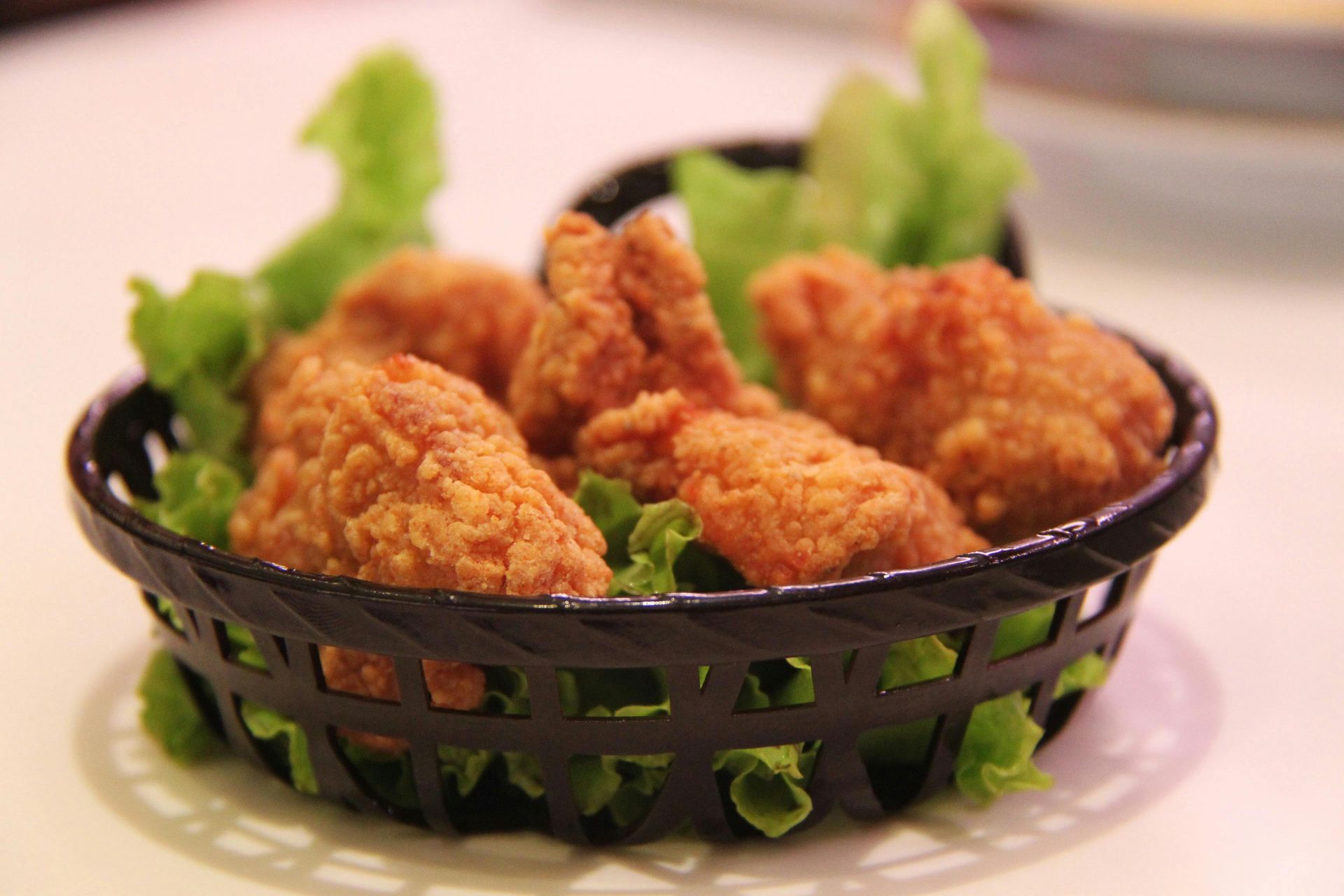Cultural Events & Celebrations July 2024
Rolinda Cooley • August 21, 2024
Events & Celebrations July 1st is Canada Day! (CA)
Happy Birthday Canada! Canada Day, celebrated on July 1st, marks the anniversary of the confederation of Canada in 1867, when the three separate colonies of the United Province of Canada, New Brunswick, and Nova Scotia united to form a single nation under the British Empire. This day is a vibrant celebration of Canadian heritage, culture, and national pride. Across the country, Canadians come together to participate in parades, concerts, fireworks, and various community events, reflecting on their shared history and values. Canada Day is important because it not only commemorates the birth of the nation but also reinforces the unity and diversity that define Canada, fostering a sense of belonging and collective identity among its citizens.
Visit a Festival in your area. Click the titles for details of each festival.
For a list of Canada Day Festivals visit HERE
July 14th Bastille Day (France)
Bastille Day, celebrated on July 14th, is France's national holiday commemorating the storming of the Bastille prison in 1789, a pivotal event at the beginning of the French Revolution. This day symbolizes the end of absolute monarchy and the birth of the sovereign nation. Across France, the celebration is marked by vibrant events such as military parades, most notably the grand parade on the Champs-Élysées in Paris, fireworks, parties, and communal meals. Bastille Day is important as it honors the values of liberty, equality, and fraternity, reflecting on the revolutionary spirit that shaped modern France.
Visit a Festival in your area.
Visit a Festival in your area. Click the titles for details of each festival.
For a list of Canada Day Festivals visit HERE
July 14th Bastille Day (France)
Bastille Day, celebrated on July 14th, is France's national holiday commemorating the storming of the Bastille prison in 1789, a pivotal event at the beginning of the French Revolution. This day symbolizes the end of absolute monarchy and the birth of the sovereign nation. Across France, the celebration is marked by vibrant events such as military parades, most notably the grand parade on the Champs-Élysées in Paris, fireworks, parties, and communal meals. Bastille Day is important as it honors the values of liberty, equality, and fraternity, reflecting on the revolutionary spirit that shaped modern France.
Visit a Festival in your area.

Tremé: A Legacy of Music and History At Tremé's Petit Jazz Museum, learn how this historic neighborhood shaped jazz music. Just a short walk away, the New Orleans African American Museum showcases the contributions of African Americans to the city's diverse heritage. Nearby, the New Orleans Jazz Museum is where you can trace the evolution of jazz through interactive exhibits and live performances. A Culinary Adventure: Of course, you must indulge in culinary delights! Why not start at the French Market to experience local favorites where fresh beignets, savory gumbo, and spicy jambalaya tempt every palate? Read full article >>

Emeril Lagasse- The Showman and Culinary Innovator Chef Emeril Lagasse popularized “Bam” and “Kick it up a notch!” – phrases that made cooking fun and exciting on TV and at home. He took classic Creole cuisine and modernized it with global influences, like adding Asian and Latin flavors. After his star turn as chef of the Big Easy landmark Commander’s Palace, Emeril began his own restaurant empire in 1990, shaping fine dining in New Orleans. He now owns multiple restaurants across the country. Next was the mad success of his TV show Emeril Live, which led to him becoming one of the first celebrity chefs, paving the way for Food Network stars of today. The benevolent Chef Lagasse has raised millions for culinary education programs and children’s charities. While Massachusetts-born, Emeril has truly earned his spot in the deep rich history of New Orleans! Read full article >>

Burrows was the only Black designer invited to the Battle of Versailles in Paris in 1973. Black American models strutted their stuff so fiercely to an R&B soundtrack that the royal and high-society crowd stomped, hooted and threw their programs in the air with unbridled delight. Reflecting his haute couture market, Burrows reportedly said that his lettuce-edged, clingy dresses were meant for women “willing to lose a lot to wear a little.” The 70s was the first and last decade that Black designers in large numbers were so publicly known. But there are many working behind the scenes in some of the biggest fashion purveyors from The Gap to Ralph Lauren. And names like Sergio Hudson are surfacing with high-profile clients including Michelle Obama and Kamala Harris. Read full article >>

The headliner was Beyoncé, leading with 11 nominations, who won her first Album Of The Year Award for Cowboy Carter and became the first Black woman to win for the Best Country Album, as well as her duo with Miley Cyrus. Her joy was tempered with surprise after a challenging journey for acceptance in a genre where people of color had long had a significant presence – a story that appeared earlier in the pages of this magazine. In her acceptance speech, the superstar thanked Linda Martell, one of those early black pioneers, and encouraged other artists to think “outside the box of genre.” Read full article >>

Connection to the Sea Island living has an intrinsic connection to the sea. Whether you find yourself on the tropical islands of the Caribbean, the emerald specks of the South Pacific, or the rugged islands of the Mediterranean, you'll discover people whose lives are harmonized with the ocean's ebb and flow. Fishing forms the backbone of local diets and economies, encouraging a deep respect for nature. Fresh seafood, tropical fruits, and root vegetables form the base of many island diets. Community is at the Heart Community is at the heart of island culture. Islanders live in close-knit communities where everybody knows each other, fostering a spirit of cooperation and mutual support. Islanders frequently engage in communal activities, including festivals and cultural ceremonies, highlighting unity and shared heritage. Celebration of Music and Dance Another trait shared amongst island cultures is the celebration of music and dance. Music is often infused with storytelling, reflecting the people's history, struggles, and aspirations. From the rhythmic sounds of steel drums in Trinidad and Tobago to the haunting chants of hula in Hawaii or the lively samba beats of Cape Verde, island music captivates the soul, inviting all to join the dance. Live in the Moment In essence, while each island may offer its unique charm and nuances, island life encourages a slower, more deliberate pace. This more relaxed approach to life emphasizes living in the moment and appreciating the simpler pleasures. Read more travel articles

As a showcase for talent rooted in African-American culture since 1934, the Apollo launched the careers of some of the greatest performers in music and comedy at a time when segregation made few such outlets available to them. The popular Amateur Night was later televised and provided wider exposure got acts. Ella Fitzgerald, Sarah Vaughan, Billie Holiday, Sammy Davis Jr., Moms Mabley, James Brown, Gladys Knight, Luther Vandross, Steve Harvey, Mo’Nique, D'Angelo, Lauryn Hill, and countless others began their road to stardom on the Apollo stage. With the award, presented by Dave Chappelle, the Apollo joined the elite ranks of some 350 previous honorees. Read the full article

As the film’s writer-director, Perry was captivated by published reports of the 6888th Central Postal Directory Battalion, known as the “Six Triple Eight.” It was an extraordinary story of the Women’s Army Corps Unit of Color, a group of 855 courageous soldiers led by the unflappable Major Charity Harris, powerfully portrayed in a star turn by Kerry Washington. In 1945, they were deployed to Europe, England and then France, to handle a three-year backlog of millions of letters and packages sent to and from soldiers in battle. The members of “The Six Triple Eight” overcame racism, sexism, poor working conditions, and the skepticism of the white male Army leadership about their ability to accomplish the assigned task. Under Major Adams’ tough-as-nails command, “No mail, no morale” became the rallying cry as they handled over 65,000 pieces of mail per shift that had never reached the intended recipients because of a shortage of postal workers. Impressively, the “Six Triple Eight” completed their mission in record time. “Twice as good with half as much,” Washington told the The Atlanta Journal-Constitution. “They exceeded all expectations.” Read the full article when you subscribe

Answer the questions below to find a style that matches your personality, preferences, and lifestyle. This quiz is designed for everyone, so let’s get started! Question 1: What’s your go-to color palette? A. Neutrals and earthy tones (e.g., beige, brown, olive) B. Bold and vibrant colors (e.g., red, yellow, electric blue) C. Monochromatic or classic shades (e.g., black, white, navy) D. Pastels or muted tones (e.g., lavender, dusty pink, mint green) Question 2: Which best describes your daily routine? A. On-the-go and active—I need comfort and practicality B. Creative and expressive—my style is my art C. Professional and polished—I value structure and elegance D. Relaxed and casual—I want laid-back vibes Question 3: How would you describe your ideal footwear? A. Sneakers or sporty shoes for maximum comfort B. Bold statement shoes that make heads turn C. Classic and timeless—think loafers or oxfords D. Slip-ons or sandals for a chill vibe Question 4: What’s your must-have accessory? A. A practical backpack or crossbody bag B. Funky sunglasses or layered jewelry C. A sleek watch or leather belt D. A cozy scarf or beanie Question 5: How do you feel about prints and patterns? A. Minimal—solid colors work best for me B. Maximalist—bring on the bold prints! C. Classic—stripes or polka dots are as far as I go D. Subtle—I prefer small, understated patterns Results: Mostly A’s: Your style is Practical Minimalism. Look for streamlined, functional pieces like tailored joggers, structured tees, and versatile sneakers. Think utility meets simplicity. Mostly B’s: Your style is Bold Expressionist. You thrive in vibrant, eclectic outfits with dramatic silhouettes. Don’t shy away from statement pieces and experimental designs. Mostly C’s: Your style is Classic Sophisticate. Timeless wardrobe staples like blazers, tailored trousers, and clean-cut shoes are your go-to. Prioritize high-quality fabrics. Mostly D’s: Your style is Relaxed Bohemian. Opt for flowy fits, cozy textures, and natural fabrics. Embrace an easygoing aesthetic with a touch of vintage charm. Now that you’ve found your 2025 look, it’s time to upgrade your wardrobe! Ready to redefine your style?

Healthy Complete Air Fried Chicken Meal: Ingredients: Chicken 4 boneless, skinless chicken breasts 1cup whole wheat breadcrumbs or panko ½ cup of grated parmesan cheese 1 tsp paprika 1tsp garlic powder 1tsp black pepper ½ tsp salt 2 eggs or 1/3 cup of egg whites Olive oil spray Mashed Cauliflower 1 head cauliflower, cut into florets ¼ cup low-fat milk 1 tbsp unsalted butter or olive oil 1 tbsp garlic powder Salt & pepper to taste Whole Grain Pasta w/ Spinach Sauce 8 oz whole grain pasta (penne or rotini) 1 cup low-fat milk ½ cup plain yogurt 1 tbsp all-purpose flour (or whole wheat flour) 1 clove garlic, minced 2 cups fresh spinach, steamed Salt & pepper to taste Subscribe to see the full recipe



